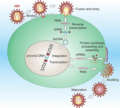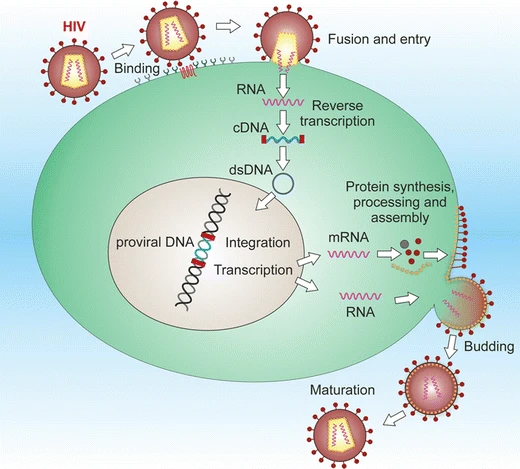File:12035 2012 8320 Fig4 HTML.webp
12035_2012_8320_Fig4_HTML.webp (520 × 469 pixel, dimensione del file: 55 KB, tipo MIME: image/webp)
Cronologia del file
Fare clic su un gruppo data/ora per vedere il file come si presentava nel momento indicato.
| Data/Ora | Miniatura | Dimensioni | Utente | Commento | |
|---|---|---|---|---|---|
| attuale | 11:29, 25 set 2020 |  | 520 × 469 (55 KB) | Guest2625 | Uploaded a work by Giovanna De Chiara, Maria Elena Marcocci, Rossella Sgarbanti, Livia Civitelli, Cristian Ripoli, Roberto Piacentini, Enrico Garaci, Claudio Grassi, Anna Teresa Palamara from https://link.springer.com/article/10.1007%2Fs12035-012-8320-7 with UploadWizard |
Utilizzo del file
La seguente pagina usa questo file:

